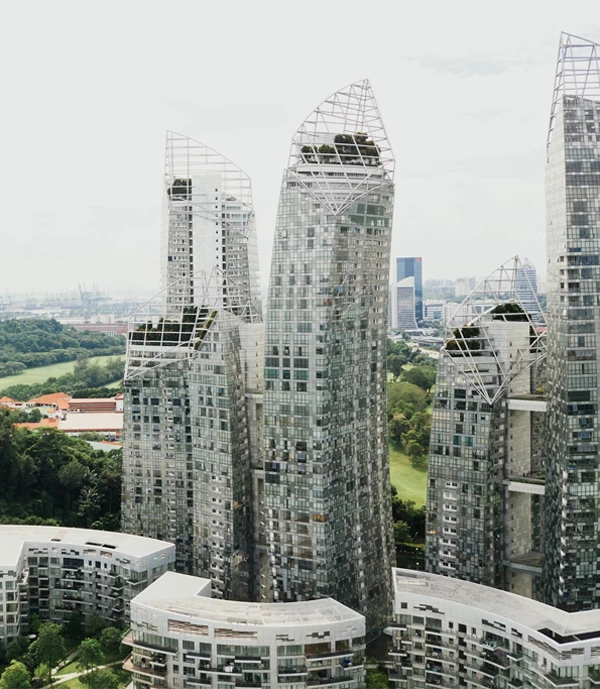In a world of rapid change—climate disruption, social evolution, and technological advancement—architecture is no longer just about what a building is, but what it does.
From how we learn and heal to how we gather and reflect, the spaces we inhabit shape our behavior, influence our health, and reflect our values. In 2025, the role of architecture is more critical than ever.

1. Designing for Climate Resilience
Rising sea levels, record heatwaves, and extreme weather have made sustainability an essential—not optional—component of architectural design. Today’s architects must think beyond energy efficiency and integrate resilience into every aspect of their work.
This includes flood-resistant design, passive cooling strategies, renewable energy systems, and materials with low embodied carbon. The goal is not just to build for today—but to design for tomorrow.
2. Shaping Human Experience Through Space
Architecture directly affects how we feel, move, and connect. A well-designed classroom can enhance learning. A thoughtful healthcare facility can reduce stress and improve recovery. A welcoming civic building can foster community trust.
By paying attention to light, scale, materiality, and flow, architects have the ability to design spaces that promote well-being and support mental and emotional health.
3. Technology as a Design Tool, Not a Destination
Tools like Building Information Modeling (BIM), generative design, and 3D printing are revolutionizing the profession. Yet the true power lies not in the technology itself, but in how it’s used to elevate human-centered design.
As artificial intelligence and automation reshape workflows, architects are redefining their roles as integrators—blending creativity, data, and empathy to solve complex spatial problems.
Preserving Culture While Embracing Innovation
Architecture also plays a vital role in preserving identity. Historic preservation, adaptive reuse, and culturally responsive design help cities retain their character even as they evolve. Modern architecture doesn’t have to erase the past—it can reinterpret and honor it.
This balance between progress and preservation is central to thoughtful urban development in the 21st century.

In 2025, architecture is not just about creating beautiful structures—it’s about building a better world. It’s about resilience, connection, innovation, and equity. Architects are not just designers—they’re storytellers, problem-solvers, and stewards of the future.
As we continue to imagine the cities and communities of tomorrow, architecture remains one of the most powerful tools we have to shape what comes next.


